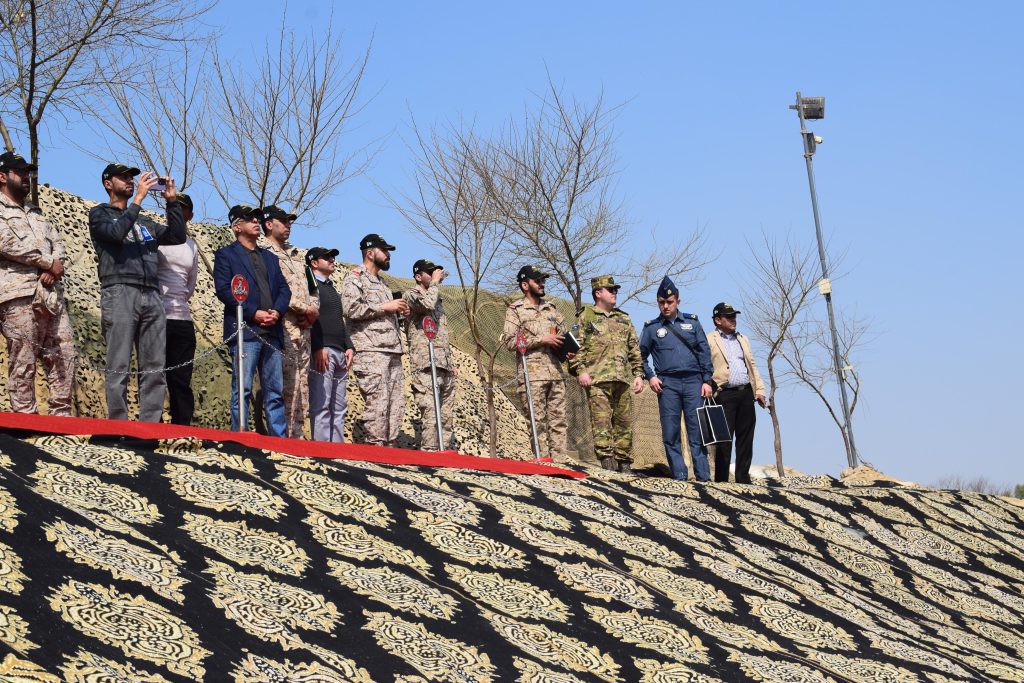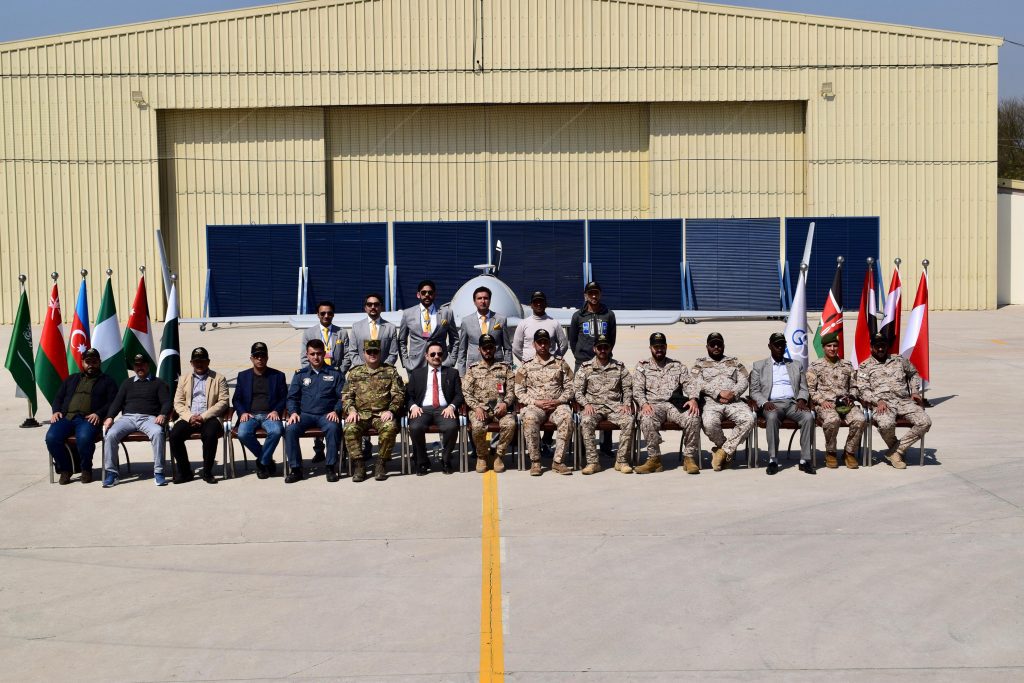Global Industrial & Defense Solutions (GIDS) demonstrated live firing of its latest unmanned aerial vehicle (UAV) Shahpar II (Block II) in front of high-level military representatives from 11 friendly countries in the city of Bahawalpur, Pakistan. did.
Global Industrial & Defense Solutions (GIDS) is Pakistan's state-owned defense conglomerate and the country's largest defense manufacturer of products for military applications. GIDS has exported to over 16 countries and is currently partnered with over 30 countries around the world.
A promotional demonstration shows a Sharper II drone firing Burg laser-guided air-to-ground missiles at stationary and moving targets with high precision. GIDS hopes to attract the attention of these countries' militaries with a renewed marketing push for its drone solutions. Representatives from Nigeria and Kenya participated in the demonstration.





The Shahpar II Block II UAV successfully delayed and locked on the target from 14,000 feet and destroyed it using the indigenously developed Burq air-to-ground missile.
The demonstration also showcased the latest version of the Zumr series of payloads, the Zumr 2 HD. The international participants were very impressed with the thermal imager results and the stability of the footage transmitted live from the drone.
GIDS management also plans to test other aviation weapons by April 2024, including the BURQ-II with a 20 kg warhead, a lighter version of the Burq, and a laser-guided bomb designed for unmanned aerial vehicles. It was also revealed that
Management claims that Shahpar II Block II is more capable and more affordable than the widely famous Turkish drone Bayraktar TB-2.
GIDS CEO says the Shahpar II Block II is more powerful and affordable, with much more affordable operating costs than Turkey's Bayraktar TB-2 drone, Iran's Mohejar series drones, and China's CH-3 and CH-4 Rainbow. We emphasized that it is being sold as a solution. Drone.
Shahpar-ll is an unmanned combat aircraft (UCAV) manufactured by Pakistan's Global Industrial Defense Solutions. After completing the testing and qualification stages, it is currently in production.
The Shahpar II drone has an overall length of 8 meters and a wingspan of 9.45 meters. It can carry an internal payload of 53 kilograms and an external payload of 190 kilograms.
The drone has a stated maximum speed of 120 knots (200 km/h) and an operational ceiling of 23,000 feet (7,010 meters) for surveillance and 21,000 feet (6,100 meters) when armed.
According to engineers at AERO (Advanced Engineering Research Organization), one of the seven companies that make up the GIDS consortium, the only parts of the Shapar aircraft system that are not produced in Pakistan are the engine and tires.
The sensor suite, a multi-sensor turret called 'Zumr-II Electro-Optical Infrared (EO/IR)', is being built at the AERO facility near Islamabad. The drone design features a pusher engine with a canard foreplane in front of the wings.
The Shahpar II drone is designed to take off and land autonomously on a runway or land with a parachute. The payload can be used for reconnaissance and day and night surveillance. Ground targets can be georeferenced and geolocated by avionics. Military standard hardware is built to environmental standard 810F. Drone ground equipment is capable of mission planning and simulation. Mission management and control and ground crew debriefing.
A proven upgrade, the Sharper 2 Block II boasts higher service limits and longer flight times.
On March 23, 2021, the Sherper II drone was unveiled to the public for the first time at the Pakistan Day Parade. It was developed as an improved version of GIDS Shahpar.
November 28, 2021 At the 2021 Egyptian Defense Exhibition (EDEX), operational specifications are announced by GIDS and a promotional video of the Shaper II drone is released demonstrating its localization, tracking and targeting capabilities as a surveillance and ground attack drone. it was done.
The unmanned aircraft Zumr-II (EO/IR) turret was also presented as an improved and lighter version of the Zumr-I (EP) turret. Targeting and surveillance turrets can be installed as internal payloads. The Sharpah II drone can also be equipped with other targeting systems available from overseas suppliers. Drones can also be equipped with synthetic aperture radar (SAR), communications and electronic intelligence (COMINT/ELINT) payloads.
For sensors and targeting systems, the Sharah drone has internal hardpoints that carry a 50 kg (110 lb) payload. Zumr-I weighs 36.5 kg (80 lbs) and Zumr-II weighs 49 kg (108 lbs). The Sharpah drone has two external hardpoints, each capable of carrying a 60 kg (130 lb) laser-guided air-to-ground weapon.
Following the success of this demonstration, Pakistan hopes to market the Sharpa II drone to militaries looking to acquire low-cost, high-performance unmanned aerial vehicles, preferably without undue restrictions.
It remains to be seen how the Sharpa II drone will perform in a market dominated by low-cost drones from Turkey, Iran and China.



